"(T)he web of our history is woven of many separate threads, none of these is without’ influence in making the color and substance of the whole fabric." - William E. Smythe
First Thread
"While he yet spake, there cometh one from the ruler of the synagogue's house, saying to him, Thy daughter is dead; trouble not the Master. But when Jesus heard it, he answered him, saying, Fear not: believe only, and she shall be made whole. And when he came into the house, he suffered no man to go in, save Peter, and James, and John, and the father and the mother of the maiden. And all wept, and bewailed her: but he said, Weep not; she is not dead, but sleepeth. And they laughed him to scorn, knowing that she was dead. And he put them all out, and took her by the hand, and called, saying, Maid, arise. And her spirit came again, and she arose straightway: and he commanded to give her meat. And her parents were astonished: but he charged them that they should tell no man what was done." - King James Bible
“And after six days Jesus taketh Peter, James, and John his brother, and bringeth them up into an high mountain apart, And was transfigured before them: and his face did shine as the sun, and his raiment was white as the light.” - King James Bible
“They went, and entered into a village of the Samaritans, to make ready for him. And they did not receive him, because his face was as though he would go to Jerusalem. And when his disciples James and John saw this, they said, Lord, wilt thou that we command fire to come down from heaven, and consume them, even as Elias did? But he turned, and rebuked them, and said, Ye know not what manner of spirit ye are of. For the Son of man is not come to destroy men's lives, but to save them. And they went to another village.” - King James Bible
“Now about that time Herod the king stretched forth his hands to vex certain of the church. And he killed James the brother of John with the sword.”
Second Thread
The Twist
"Not long after 1140, A.D., the Italian scholar, Gerard of Cremona traveled to the Spanish Peninsula, hoping to find a rare copy of the thousand year old Greek astronomy text known as the Almagest. His chances were better there than anywhere else in Europe. The southern half of the peninsula had been in Arab hands for centuries, and the ruling dynasties of Muslim Spain had brought with them thousands of classical texts. Translated into Arabic, but long lost to the vernacular languages of the west. The libraries of the city of Toledo, in the center of the peninsula, housed scores of these valuable volumes, and Toledo had now been recaptured by one of the Christian kingdoms of the north, meaning that western scholars could visit it in relative safety.
Gerard found more than he bargained for: Not just astronomy texts, but classical and Arabic studies of dialectic, geometry, philosophy and medicine. Unknown monographs by Euclid, Galen, Ptolemy and Aristotle, a whole treasury of knowledge. Overwhelmed, he settled into Toledo and set to work learning Arabic. 'Regretting the poverty of the Latins in these things', one of his students wrote, 'he learned the Arabic language in order to be able to translate. To the end of his life, he continued to transmit to the Latin world, as if to his own beloved heir. Whatever books he thought finest in many subjects as actively and as plainly as he could.' Renaissance had begun." - Susan Wise Bauer
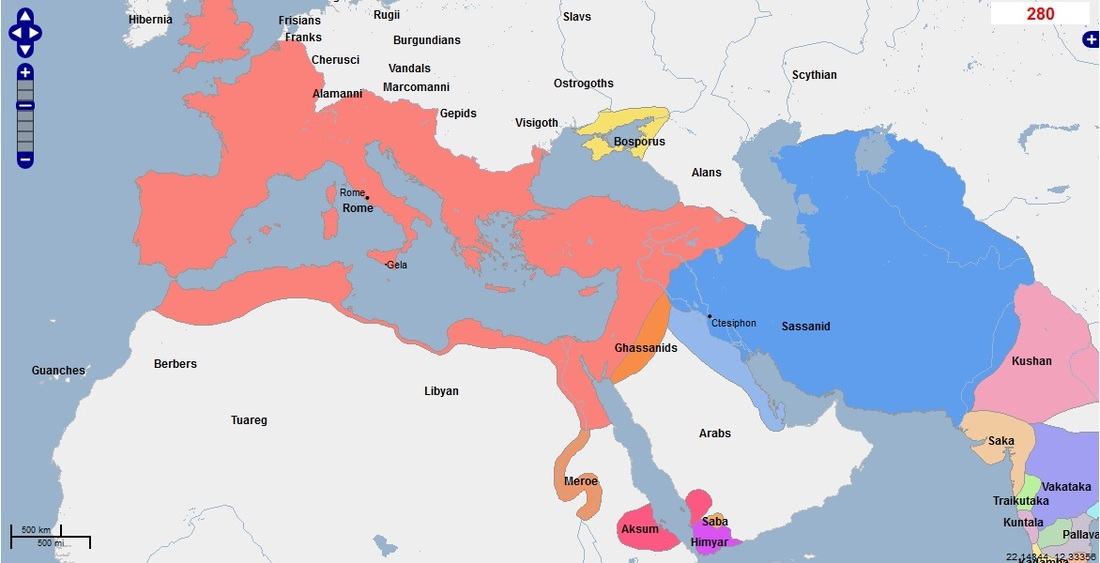
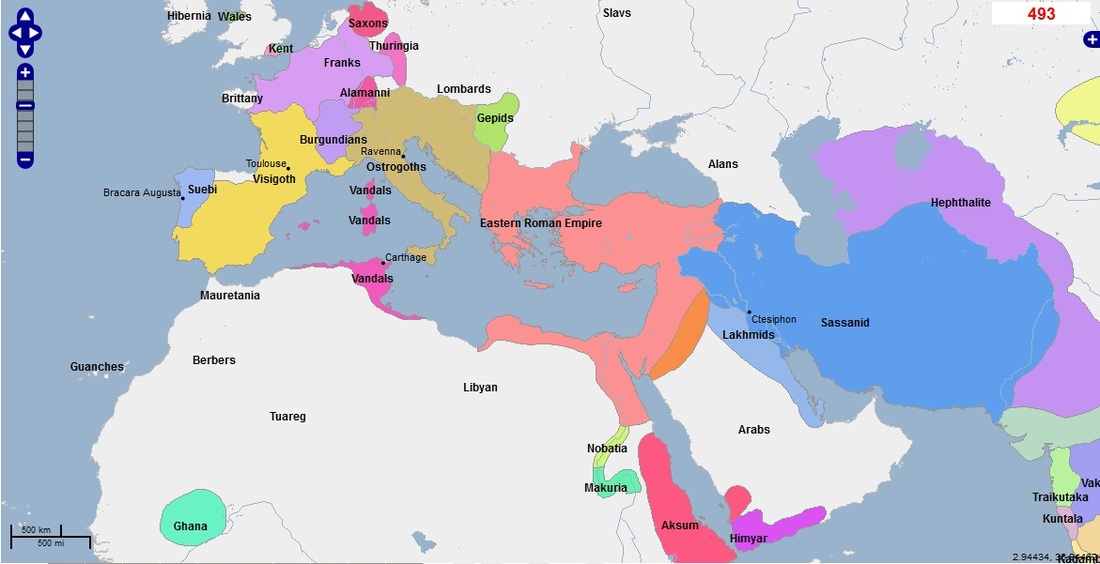

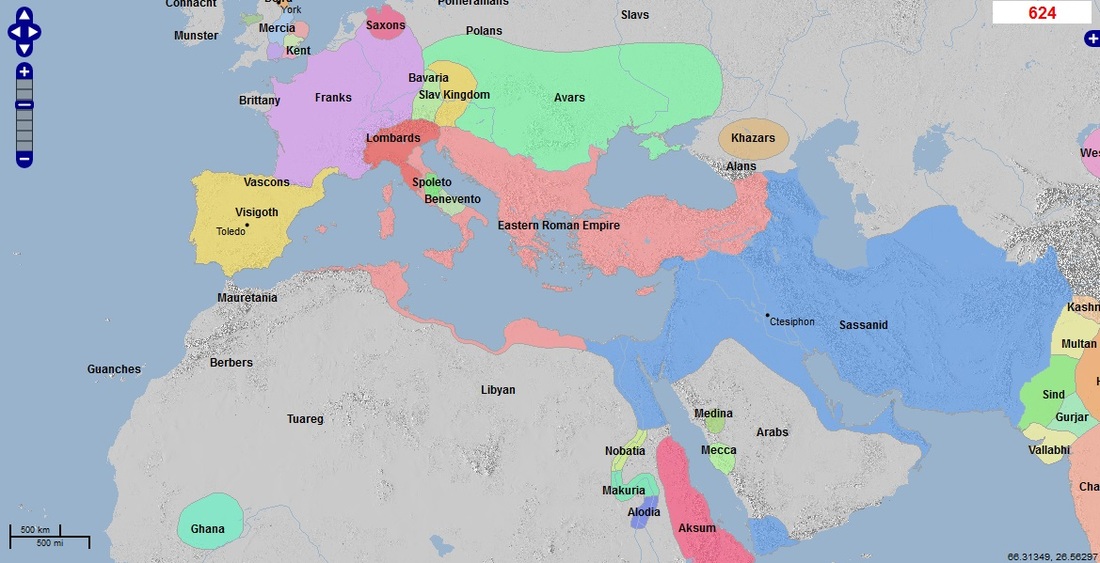
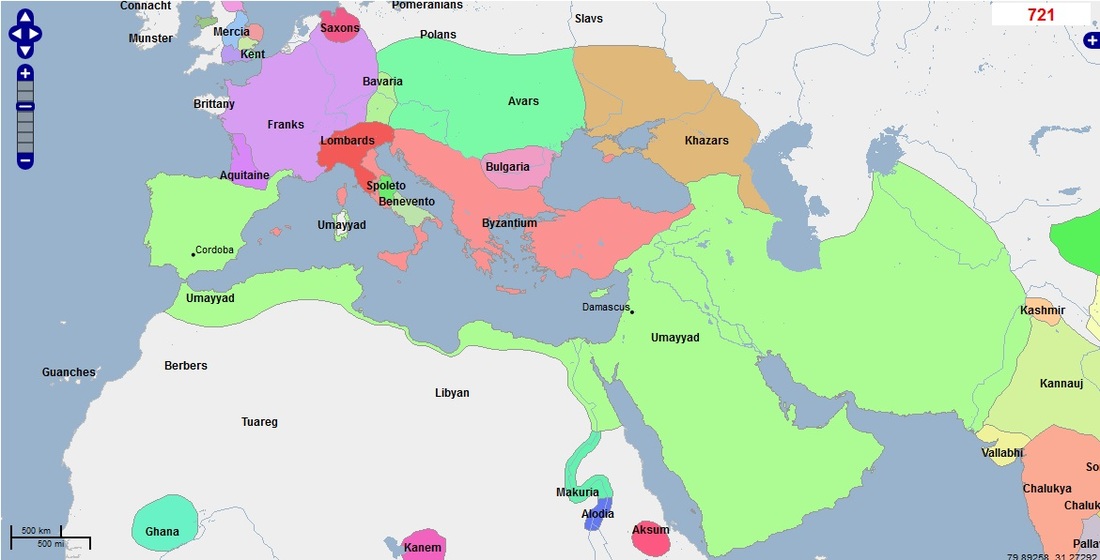
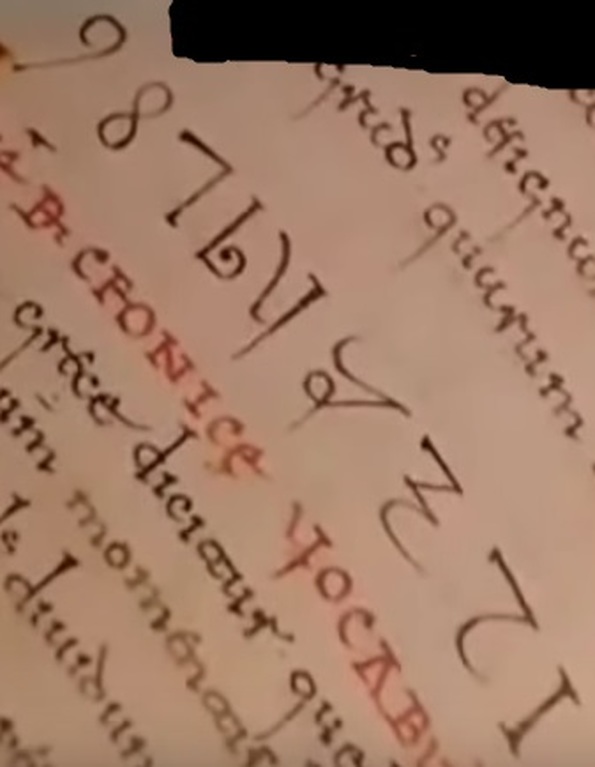
 RSS Feed
RSS Feed